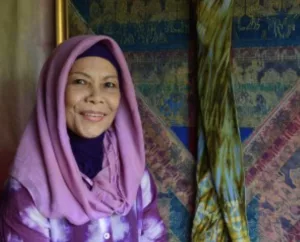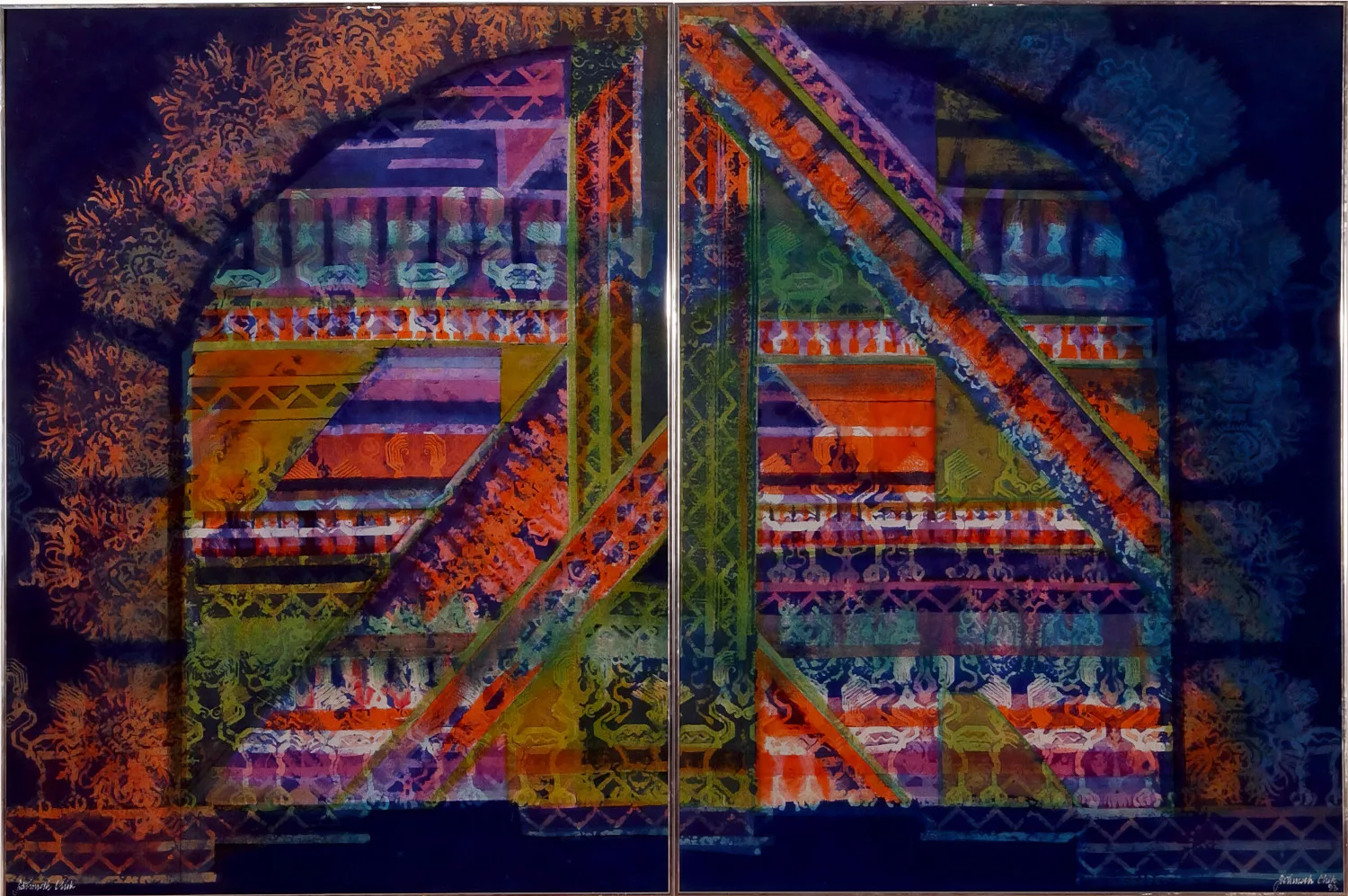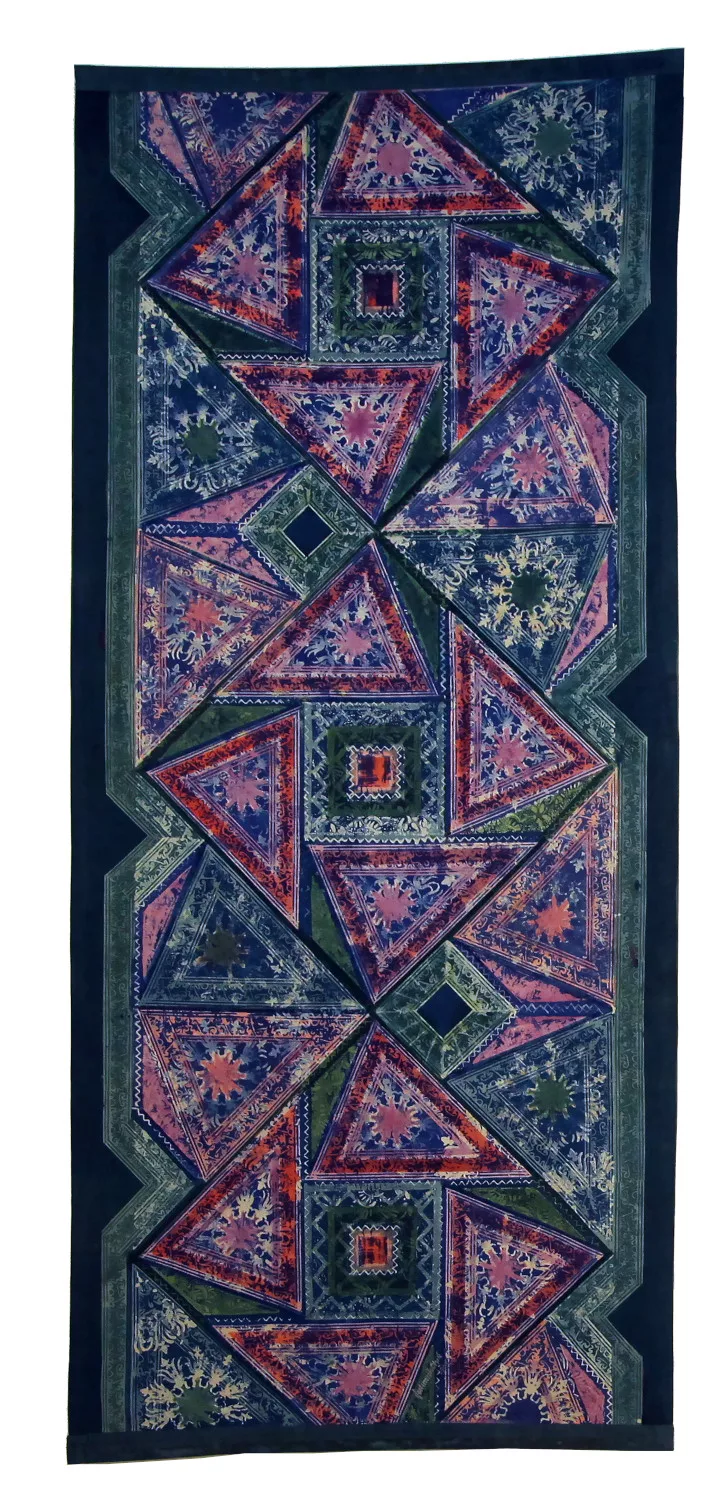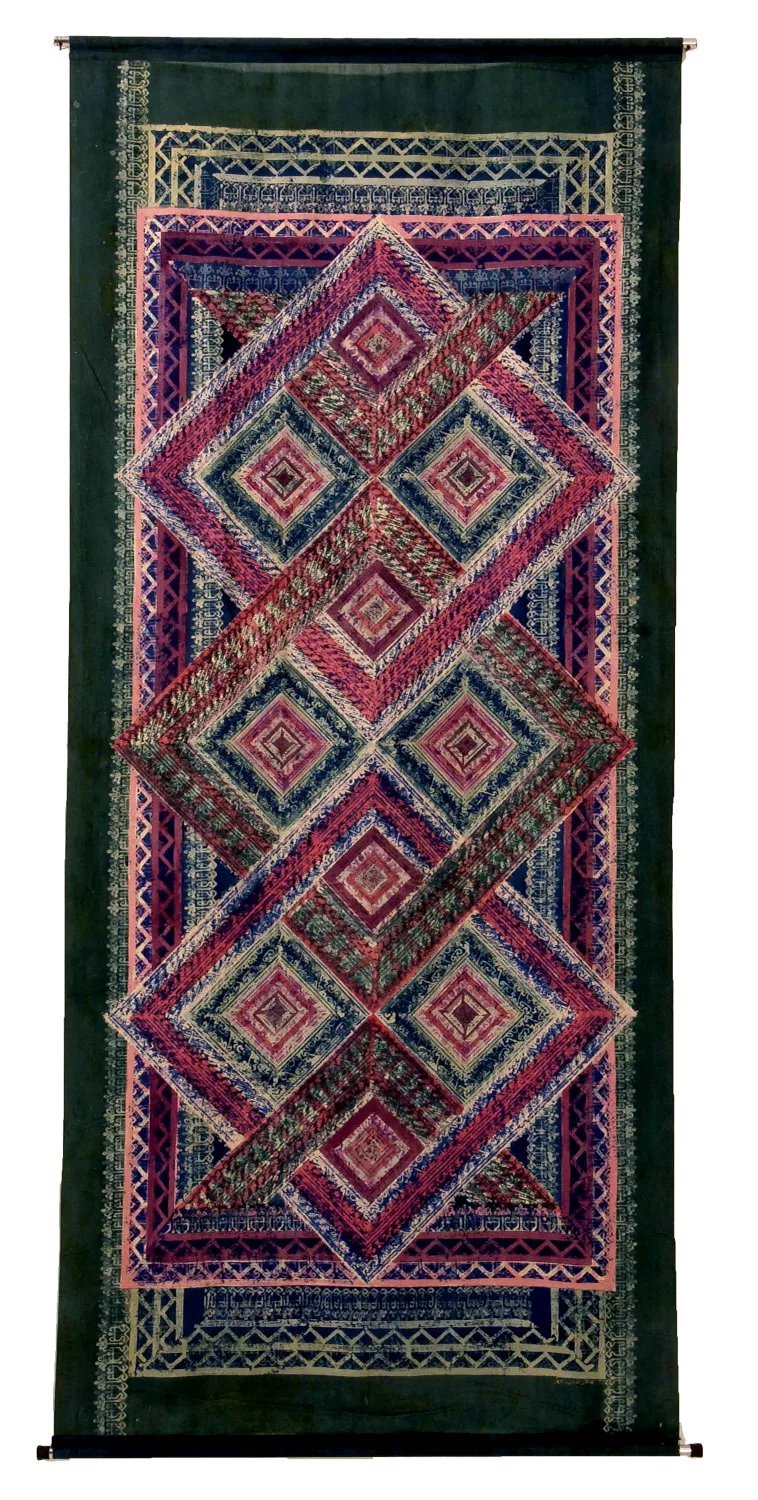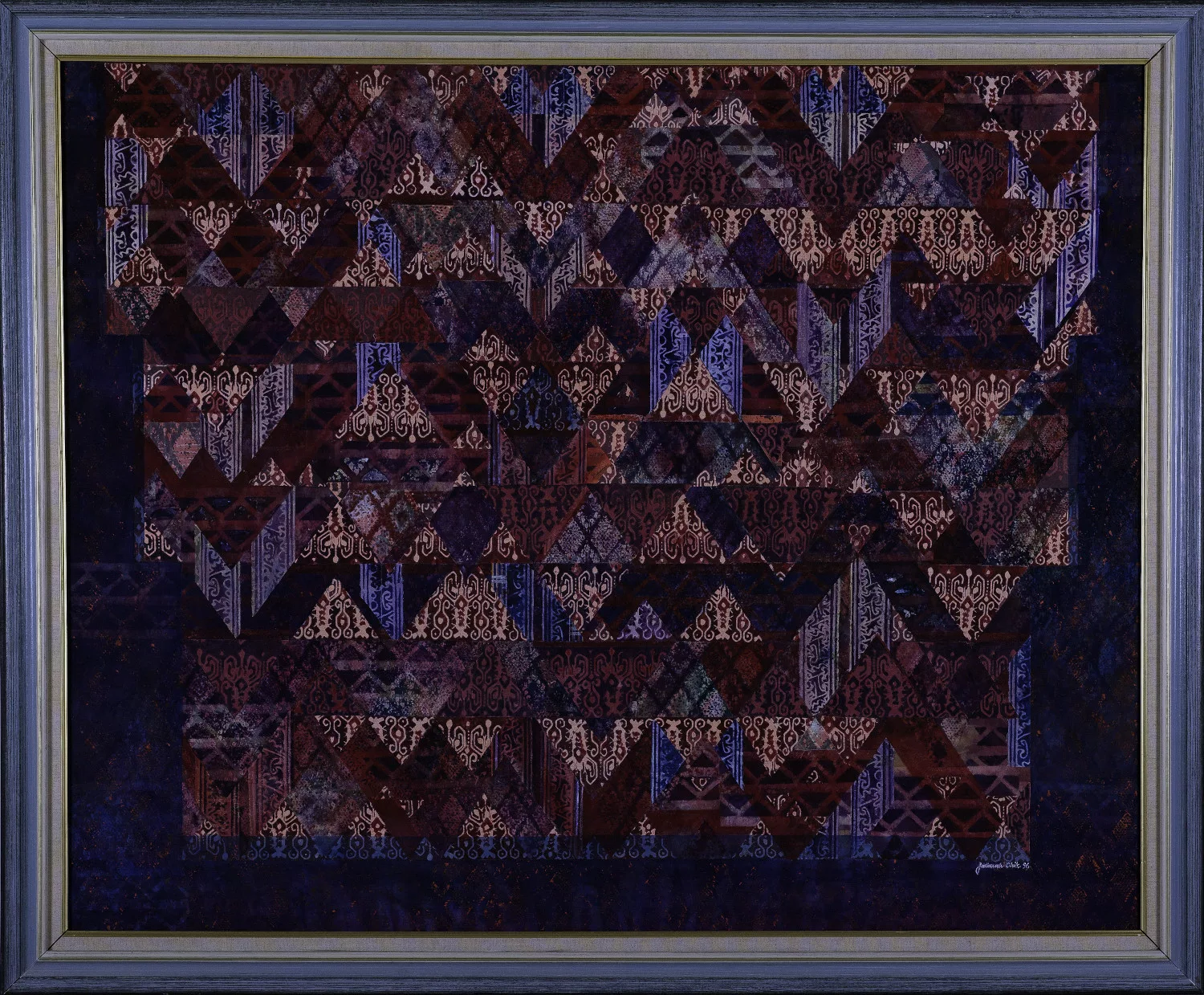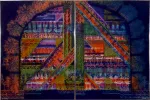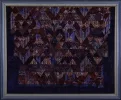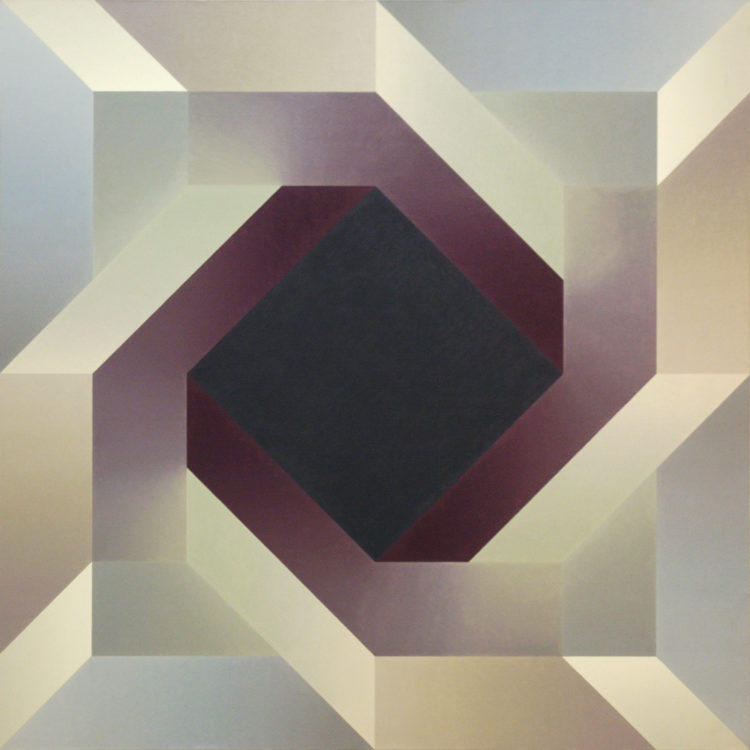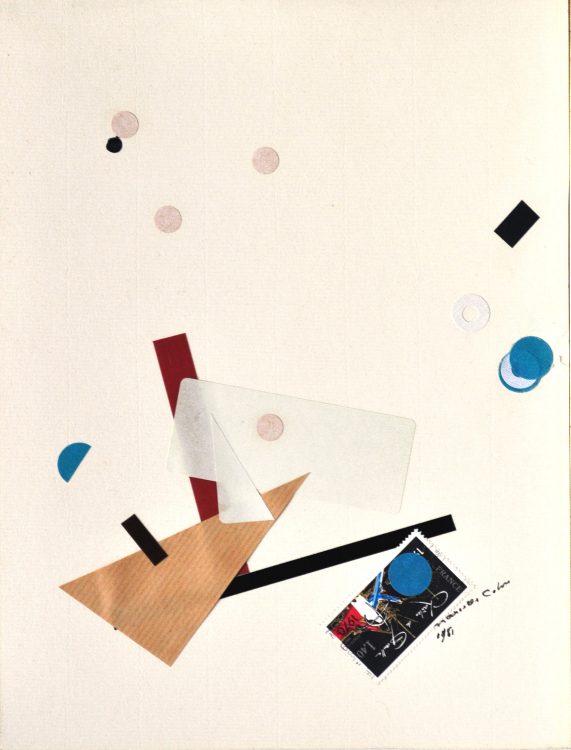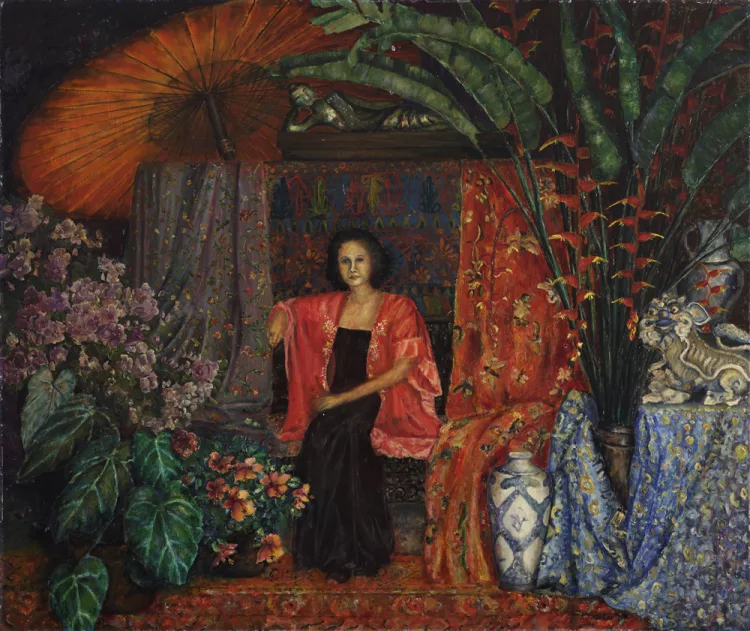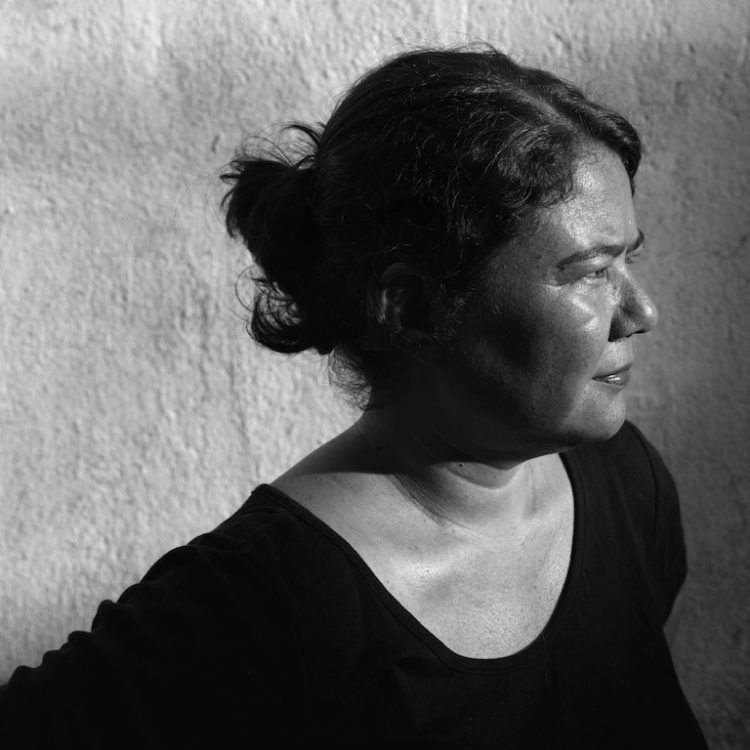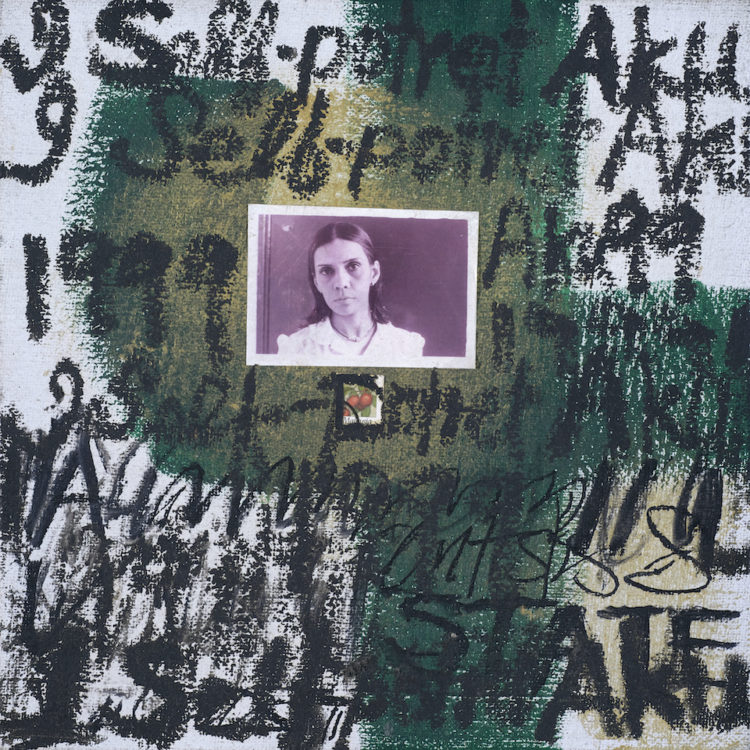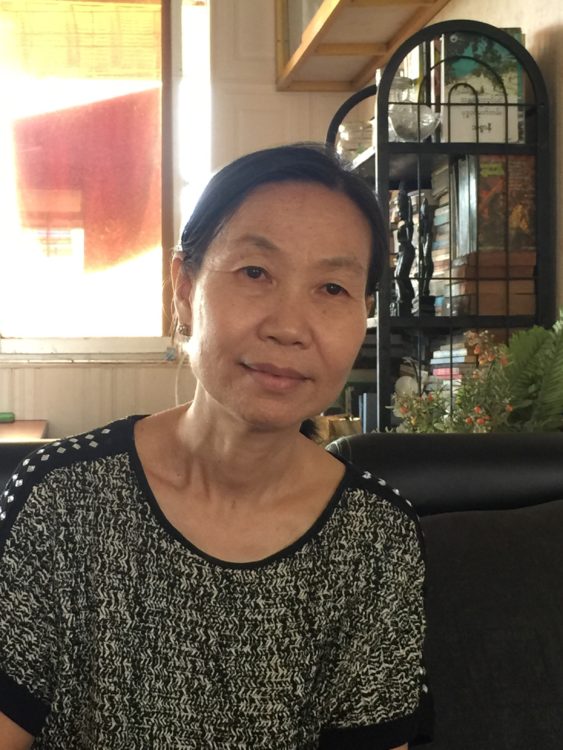Fatimah Chik
Soon, Simon et al, Love Me in My Batik: Modern Batik Art from Malaysia and Beyond, exh. cat., Galeri Ilham, Kuala Lumpur (28 February–20 June, 2016), Kuala Lumpur, Galeri Ilham, 2017
→The Batik of Fatimah Chik, Redspot Design Centre, Kuala Lumpur, 2006
→Ellina Maruti, Karya Siri Sejadah Fatimah Chik Mengikut Konsep Keindahan Dalam Melayu [Fatimah Chik’s Prayer Mat Series Follows the Concept of Beauty in Malay], MA Thesis, Universiti Malaya, 2020
Fatimah Chik: Redang Chapter, Tebeng Layar, Pulau Redang, 1 May–31 October, 2016
→The Fine art of Fabrics: Datuk Syed Ahmad Jamal, Sivam Selvaratnam, Fatimah Chik, Bank Negara Malaysia, Kuala Lumpur, 29 April–8 August, 2014
→The Batik of Fatimah Chik, Malaysia Institute of Art (MIA) Art & Design Center, Kuala Lumpur, 2002
Malaysian batik artist.
Renowned Malaysian artist, educator and mentor Fatimah Chik’s artistic journey commenced as a textile design student in 1968 at the School of Art and Design, MARA Institute of Technology (now UiTM), in Shah Alam, Selangor. When she completed her studies in 1971, local artists were encouraged to think, study and revive the heritage of art related to Malay culture through debates and discussions brought forth in what was known as the National Cultural Policy. F. Chik married artist-writer Redza Piyadasa (1939–2007), and they travelled together to Hawaii in 1974, where she initiated her research into textile traditions that would greatly influence her work.
After she returned from Hawaii in 1977, as an artist and art lecturer, she developed a unique style of batik painting that she termed shiboritik. This technique involves using traditional printing blocks from the batik printing technique, intricate waxing and dyeing methods, meticulous hand-coloured finishing and shibori — a Japanese technique of tie and dye. An example of this method is the work Subuh [Dawn, 1993].
Although with a background in textiles and fashion, F. Chik’s works in the form of batik leaned more towards the creation of fine art, to be hung, viewed and appreciated in galleries or white-box spaces. Like most other Malay Muslim artists in Malaysia, such as Mastura Abdul Rahman (b. 1963), Siti Zainon Ismail (b. 1949), Khatijah Sanusi (b. 1947), Mohamed Najib Dawa (b. 1954) and Syed Shahabudin Syed Bakeri (b. 1947), F. Chik was reluctant to use any naturalistic figurative representation in her works, and directly referenced Malay roots through the decorative usage of various forms, motifs and symbols while still being influenced by Islamic theological principles.
Her Nusantara [Archipelago, 1982–2002] series contains various traditional and symbolic motifs from the Southeast Asian region, such as those from the Dayak, Batak, Sunda, Minangkabau, Toradja and Malay ethnic groups – all based on the philosophical and iconographic influences of this region. For example, the triangulation in Entrance (1993), in the collection of the National Art Gallery (Kuala Lumpur), features the gunungan (kayonan in Javanese), an ancient motif used in Southeast Asia representing the cosmos. The works in this series are meticulously planned, using many layers of colours, waxed, dyed and waxed and dyed again, producing repeated motifs in straight and triangular forms in various colour variations.
Throughout her illustrious career, F. Chik mesmerised audiences with her intricate textile and motif traditions, drawn from the Southeast Asian (Nusantara) region, which she brilliantly translated into her batik paintings. She exhibited at Saujana Fine Arts, Selangor (1985); the High Commission of Singapore, Kuala Lumpur (1989); Batik and Tie-Dye, Central Market, Kuala Lumpur (1990); Ginza Pocket Park, Tokyo (1993), and held a solo exhibition entitled The Batik Art of Fatimah Chik at the Malaysian Institute of Art (MIA) Art & Design Center (2002).
A biography produced as part of the programme The Flow of History. Southeast Asian Women Artists, in collaboration with Asia Art Archive
© Archives of Women Artists, Research and Exhibitions, 2025



